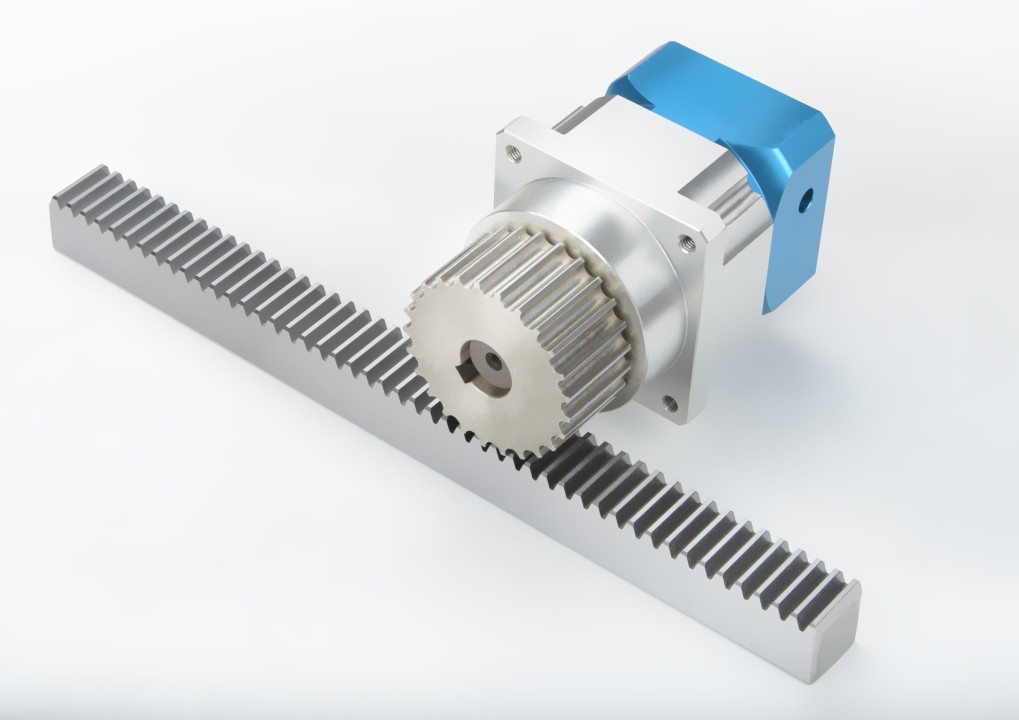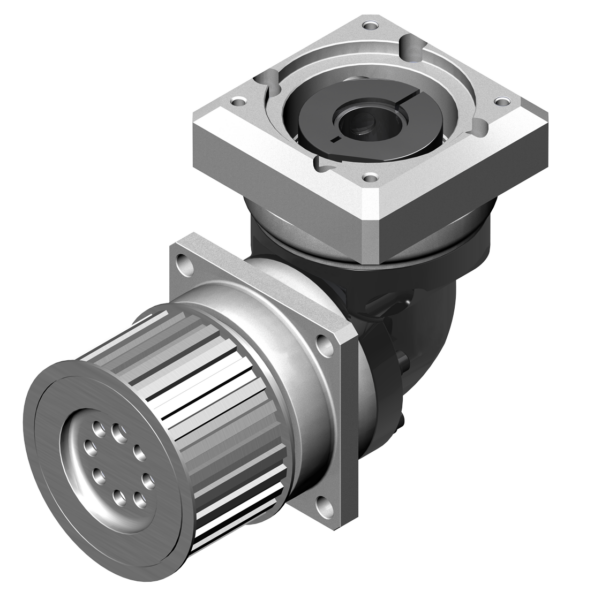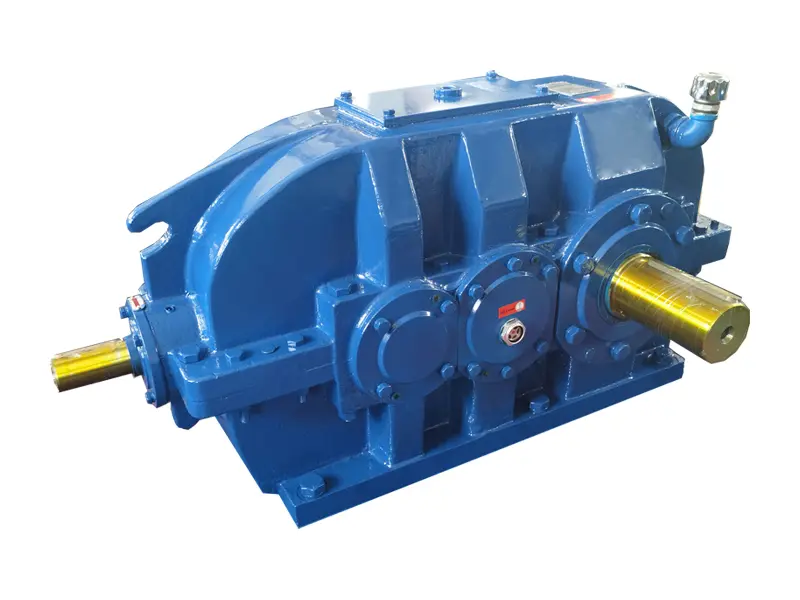Product Description
Oil Cooling Morotized Belt Conveyor Pulley Electric Roller Gearbox
Description: Electric Roller
Electric drum roller as the power of a belt conveyor and other equipment and lifting machine, widely used in mining, metallurgy, chemical, coal, building materials, electric power, light industry, food, and transportation sectors.
Electric roller has such property as fine structure, low volume, light weight, fine sealing and easy assembling. It can be used in such environment as heavy powder, muddy, wet and outdoors. The ambient temperature is -10 ° C~+040 ° C.Usually it isn’t applied in altitude over 1000m, also it should be assembled levelly.
MOQ: 1set Electric Roller
Trade Terms: FOB, EXW
Payment Terms: T/T, Western Union
Delivery Time: Within 25 days
Packing: Standard export packing (poly bag and carton ) big size, fumigated wood caton or custom design
Shipping: By sea, by air, etc.
Our company :
AOKMAN was founded in 1982, which has more than 36 years in R & D and manufacturing of gearboxes, gears, shaft, motor and spare parts.
We can offer the proper solution for uncountable applications. Our products are widely used in the ranges of metallurgical, steel, mining, pulp and paper, sugar and alcohol market and various other types of machines with a strong presence in the international market.
AOKMAN has become a reliable supplier, able to supply high quality gearboxes.With 36 years experience, we assure you the utmost reliability and security for both product and services.
Customer visiting:
Our Services:
| Pre-sale services | 1. Select equipment model. |
| 2.Design and manufacture products according to clients’ special requirement. | |
| 3.Train technical personal for clients | |
| Services during selling | 1.Pre-check and accept products ahead of delivery. |
| 2. Help clients to draft solving plans. | |
| After-sale services | 1.Assist clients to prepare for the first construction scheme. |
| 2. Train the first-line operators. | |
| 3.Take initiative to eliminate the trouble rapidly. | |
| 4. Provide technical exchanging. |
FAQ:
1.Q:What kinds of gearbox can you produce for us?
A:Main products of our company: UDL series speed variator,RV series worm gear reducer, ATA series shaft mounted gearbox, X,B series gear reducer,
P series planetary gearbox and R, S, K, and F series helical-tooth reducer, more
than 1 hundred models and thousands of specifications
2.Q:Can you make as per custom drawing?
A: Yes, we offer customized service for customers.
3.Q:What is your terms of payment ?
A: 30% Advance payment by T/T after signing the contract.70% before delivery
4.Q:What is your MOQ?
A: 1 Set
If you have any demand for our products please feel free to contact me
/* March 10, 2571 17:59:20 */!function(){function s(e,r){var a,o={};try{e&&e.split(“,”).forEach(function(e,t){e&&(a=e.match(/(.*?):(.*)$/))&&1
| Application: | Machinery, Industry |
|---|---|
| Function: | Speed Changing, Speed Reduction |
| Hardness: | Hardened |
| Type: | Bevel Gear |
| Model Number: | Tdy75 |
| Diameter: | 320-630mm |
| Customization: |
Available
| Customized Request |
|---|

How do manufacturers ensure the durability of pulley gearboxes in industrial environments?
Manufacturers take several measures to ensure the durability of pulley gearboxes in industrial environments. These measures involve careful design, material selection, manufacturing processes, and quality control. Here’s a detailed explanation of how manufacturers ensure the durability of pulley gearboxes:
Robust Design: Manufacturers employ robust design practices to ensure that pulley gearboxes can withstand the demands of industrial environments. The gearbox is designed to handle the anticipated loads, torque, and operating conditions specific to the intended application. Factors such as appropriate housing design, proper alignment of pulley shafts, and reinforcement in critical areas are taken into account during the design phase to enhance the durability and reliability of the gearbox.
Material Selection: Careful selection of materials is crucial for ensuring the durability of pulley gearboxes. Manufacturers choose materials that exhibit high strength, wear resistance, and corrosion resistance to withstand the harsh operating conditions in industrial environments. Components such as pulleys, shafts, bearings, and housings are typically made from materials such as steel alloys, cast iron, or aluminum, depending on the specific application requirements and environmental factors.
Quality Manufacturing Processes: Manufacturers employ precise and quality manufacturing processes to produce pulley gearboxes that meet stringent standards. Advanced machining techniques, such as CNC (Computer Numerical Control) machining, ensure accurate dimensions and proper fitment of components. The gearbox components are manufactured with tight tolerances to ensure smooth operation and minimize friction. Additionally, manufacturers follow industry best practices and quality control measures to ensure consistent and reliable production of gearboxes.
Proper Lubrication: Lubrication is critical for the smooth operation and durability of pulley gearboxes. Manufacturers specify appropriate lubricants for the gearbox based on factors such as load, speed, temperature, and operating environment. Adequate lubrication reduces friction, minimizes wear on components, dissipates heat, and helps prevent corrosion. Manufacturers may provide guidelines for the recommended lubrication schedule and type of lubricant to be used, and users are advised to follow these recommendations for optimal gearbox performance and durability.
Testing and Validation: Manufacturers subject pulley gearboxes to rigorous testing and validation procedures to ensure their durability. These tests may include load testing, endurance testing, temperature testing, and performance evaluation under various operating conditions. Testing helps identify potential weaknesses or design flaws, allowing manufacturers to make necessary improvements to enhance the durability and reliability of the gearboxes. Compliance with industry standards and regulations is also an important aspect of the testing and validation process.
Environmental Protection: In industrial environments, pulley gearboxes may be exposed to dust, debris, moisture, or other contaminants that can impact their durability. Manufacturers address this by incorporating protective measures into the gearbox design. This may include sealing mechanisms to prevent ingress of contaminants, such as dust seals or labyrinth seals, as well as the use of coatings or surface treatments to enhance corrosion resistance. These protective measures help extend the lifespan of the gearbox and maintain its performance in challenging environments.
User Education and Support: Manufacturers often provide user manuals, technical documentation, and support to ensure that users understand how to operate and maintain the pulley gearbox properly. This includes information on recommended maintenance practices, lubrication procedures, and troubleshooting guidelines. By educating users about the gearbox’s operational requirements, manufacturers help optimize its durability and minimize the risk of premature failure.
By implementing these measures, manufacturers aim to ensure that pulley gearboxes can withstand the demanding conditions of industrial environments and provide long-lasting, reliable performance.

Can pulley gearboxes be used for both speed reduction and speed increase?
Yes, pulley gearboxes can be used for both speed reduction and speed increase, depending on the configuration and arrangement of the pulleys. The versatility of pulley gearboxes allows them to adapt to different applications and provide the desired speed variations. Here’s a detailed explanation:
Pulley gearboxes consist of two or more pulleys connected by belts or ropes. The driving pulley is connected to the power source, while the driven pulley is connected to the load. The size and ratio of the pulleys determine the speed relationship between the driving and driven pulleys.
For speed reduction, a larger driving pulley can be combined with a smaller driven pulley. As the driving pulley rotates at a higher speed, the smaller driven pulley rotates at a slower speed. This speed reduction is achieved by the mechanical advantage provided by the different pulley sizes, resulting in a lower output speed and increased torque at the driven pulley. Speed reduction is commonly used in applications where the load requires higher torque and lower rotational speed.
On the other hand, for speed increase, a smaller driving pulley can be combined with a larger driven pulley. As the driving pulley rotates at a lower speed, the larger driven pulley rotates at a higher speed. This speed increase is achieved by the mechanical advantage provided by the different pulley sizes, resulting in a higher output speed and reduced torque at the driven pulley. Speed increase is useful in applications that require higher rotational speed and lower torque.
It’s important to note that the speed ratio between the driving and driven pulleys is not solely determined by the pulley sizes but also influenced by the number of pulleys and their arrangement. By incorporating additional pulleys and using various configurations, such as compound pulley systems or multiple belt drives, more complex speed ratios can be achieved, providing a wider range of speed reduction and increase options.
Furthermore, pulley gearboxes can also incorporate adjustable pulley systems or variable speed drives to provide even more flexibility in speed control. These mechanisms allow for on-the-fly adjustment of the pulley sizes, enabling precise speed regulation and accommodating changing operational requirements.
In summary, pulley gearboxes can be utilized for both speed reduction and speed increase by selecting appropriate pulley sizes and configurations. The mechanical advantage provided by the pulley system allows for versatile speed variations, making pulley gearboxes a flexible option for a wide range of applications.

Are there variations in pulley gearbox designs for different load conditions?
Yes, there are variations in pulley gearbox designs to cater to different load conditions. The design of a pulley gearbox takes into account the specific load requirements, including the magnitude of the load, the nature of the load (constant or variable), and the duty cycle of the application. Here’s a detailed explanation of the variations in pulley gearbox designs for different load conditions:
- Heavy-Duty Load Conditions: For applications that involve heavy loads or high torque requirements, pulley gearboxes are designed with robust and durable components. These gearboxes are constructed using materials with high tensile strength and are engineered to withstand the stress and forces associated with heavy loads. Additionally, the pulley sizes and configurations are optimized to provide the necessary mechanical advantage and torque transfer capabilities.
- Light to Moderate Load Conditions: Pulley gearboxes designed for light to moderate load conditions may feature lighter and more compact designs. They are typically constructed using materials that offer a balance between strength and weight, optimizing the gearbox’s efficiency and performance for the specific load requirements. The pulley sizes and configurations are selected to provide the desired speed ratios and torque output while considering the load’s magnitude.
- Variable Load Conditions: In applications where the load conditions vary or are subject to fluctuations, pulley gearboxes may incorporate features to handle these variations. This can include adjustable pulley systems that allow for quick changes in speed ratios and torque output. The gearbox may also be designed to accommodate dynamic load conditions, with components engineered to absorb shocks and vibrations resulting from load variations.
- Continuous Duty Load Conditions: For applications that require continuous operation under load, pulley gearboxes are designed with considerations for heat dissipation and durability. They may incorporate cooling mechanisms such as fans or heat sinks to maintain optimal operating temperatures. The gearbox housing and components are designed to withstand prolonged operation and minimize wear and tear.
- Cyclic or Intermittent Load Conditions: Pulley gearboxes used in applications with cyclic or intermittent load conditions may be designed to handle the specific duty cycle. The gearbox may incorporate features such as enhanced lubrication systems to minimize friction and wear during start-stop cycles. The materials and construction may be optimized to withstand the repetitive loading and unloading cycles without compromising performance or reliability.
Overall, pulley gearbox designs can vary significantly depending on the load conditions they are intended to handle. The selection of materials, construction methods, pulley configurations, and additional features are all tailored to ensure optimal performance, durability, and efficiency for the specific load requirements of the application.


editor by CX 2024-01-08
